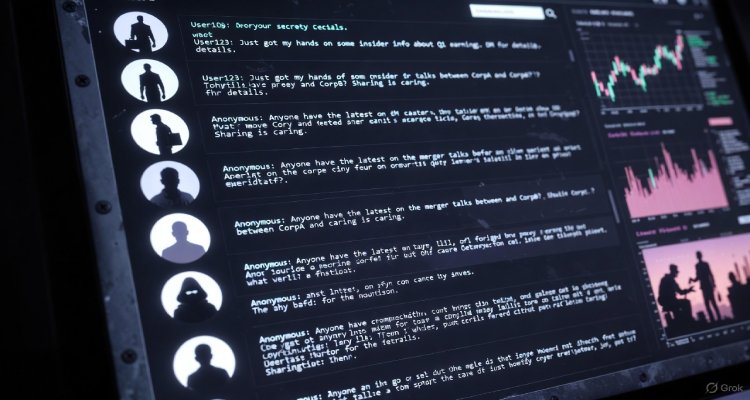Why AI-Generated Faces Sometimes Recognize You
AI-generated faces can sometimes look familiar—or eerily similar to real people. Here’s why these synthetic faces seem to “recognize” you and what it means.
Introduction (Hook)
The first time it happens, it’s unsettling. You scroll past an AI-generated profile image, an ad, or a digital assistant’s avatar—and freeze. The face staring back looks like someone you know. Sometimes it looks like you. These are not real photographs, yet they carry the strange power of familiarity.
Why does an image created entirely by algorithms seem capable of “recognizing” you?
This phenomenon—where synthetic faces appear personally relatable or vaguely familiar—is emerging as one of the most curious side effects of modern generative AI.
Context & Background
AI systems today can produce hyper-realistic faces using models trained on millions of publicly available images. These models don’t copy specific people; instead, they learn statistical patterns of human features—jawlines, skin textures, eye distances, shadow gradients.
Generative Adversarial Networks (GANs) and diffusion models, the engines behind many synthetic face generators, work by blending these patterns into entirely new identities that technically “belong to no one.”
But human psychology adds another twist.
Our brains are wired to find familiarity, even where none exists. Cognitive scientists call this mechanism pareidolia—the tendency to see patterns or identities in random stimuli. Combined with AI’s ability to mimic human facial averages, the results often feel uncannily personal.
Main Developments: Why AI Faces Feel Like They Recognize You
Several overlapping developments explain why AI-generated faces seem to “know” you:
A. AI Learns the Statistical Average of Human Faces
Modern AI models don’t memorize faces; they construct new ones by learning what a “typical” face looks like. These averages often mirror the demographics of the images they were trained on.
If you’re part of a commonly represented demographic, the AI’s “default” output might look surprisingly close to you—or someone in your social circle.
B. Familiarity Illusion from Micro-Features
Small combinations of eyes, eyebrows, cheekbones, and smiles can evoke déjà vu.
Even if the overall face is fictional, micro-features may resemble familiar people. Our brains latch onto these fragments and reconstruct a sense of recognition.
C. The Echo of Training Data
While AI doesn’t replicate individuals, some systems may unintentionally lean toward patterns influenced by popular or over-represented face types.
For example, widely shared social media portraits—often taken at similar angles with similar lighting—create visual patterns that AI frequently reproduces.
D. Human Bias: We Recognize Ourselves Everywhere
Psychologists say people often overestimate how unique their faces are. In reality, many features we believe are distinctive—like dimples, eyebrow arches, or facial proportions—exist commonly in the population.
AI amplified that realization.
E. Emotionally Calibrated Faces
AI tools are often tuned to produce “appealing,” “trustworthy,” or “friendly” faces.
Ironically, those emotional presets often make the output resemble people from our own communities, triggering a sense of personal connection.
Expert Insight & Public Reaction
A. Expert Insight
Facial recognition researchers argue that familiarity doesn’t imply that AI is identifying individuals.
“AI isn’t seeing you,” explains Dr. Lena Moritz, a cognitive computing researcher. “It’s recreating patterns that happen to overlap with the way we perceive ourselves and others.”
Neuroscientists add that the brain completes the illusion.
“When you recognize a feature, your brain fills in the rest,” says psychologist Mark Eddings. “It’s a predictive system, not a literal one.”
B. Public Reaction
Social media discussions show mixed feelings:
- Some find it amusing—a harmless coincidence.
- Others feel uneasy, wondering whether AI accidentally scraped their photos.
- A few worry about identity misuse, especially as synthetic faces appear in ads, bots, and fake profiles.
Public concern is shaping conversations about digital transparency and ethical AI.
Impact & Implications: What Happens Next?
A. Growing Use of Synthetic Faces Online
Companies are increasingly replacing stock photos with AI-generated faces for marketing, customer support avatars, or profile images. As these synthetic humans become more common, the feeling of false familiarity will rise too.
**B. Privacy Questions
If people believe AI images resemble real individuals, it complicates debates on:**
- Data transparency
- Synthetic identity misuse
- AI-generated misinformation
- Deepfake concerns
Even though the faces aren’t real, the emotional reaction is.
C. Regulatory Conversations Are Expanding
Policy makers are discussing:
- Whether AI-generated faces should include labels
- How training datasets should be documented
- Whether synthetic avatars can be used in government or corporate communications
The goal: transparency without limiting innovation.
D. Psychological Effects on Users
As humans interact more with AI personas—virtual assistants, learning companions, or even dating bots—the sense of familiarity may create new forms of emotional bonding or confusion.
Understanding this dynamic early is crucial for safe AI design.
Conclusion
AI-generated faces don’t actually recognize you.
But your brain does something remarkable—finding meaning where algorithms only generate patterns. As synthetic faces become embedded in digital life, the line between recognition and illusion will blur further.
This intersection of technology and human psychology reveals a powerful truth:
AI doesn’t imitate people. It imitates how we see people.
And sometimes, how we see ourselves.
Disclaimer :This article is based solely on the provided headline and general research-based understanding of AI systems. It does not reference or reproduce any external copyrighted content. All insights are original and for informational purposes.










